Nothing says social status quite like ridiculous clothes, and throughout history, women have shown theirs with clothes that were sheer, huge, heavy, trailing, constricting, and otherwise totally impractical. This episode is a highly unsystematic roundup of just some of the absurd fashions I ran across while researching this series.
Whether a particular item is absurd depends entirely on what you think clothes are for. To keep warm? To keep clean? To be modest? To be beautiful? To attract a mate? To show off your social status? Warmth and cleanliness make perfect sense, but where and how you live has a big impact on your needs there. Whether it has a big impact on what you actually wear is not so clear. Meanwhile, beauty, attraction, and modesty are all in the eye of the beholder. And what we know for sure about humanity is that the beholder can be very strange indeed. I have no doubt that the women pictured here thought their fashion choices were entirely reasonable. But I, for one, am not eager for these runway items to make a comeback.
I describe everything in the episode in more detail, but a picture is worth a thousand words, so keep scrolling for an image of each.

If you think clothes are for warmth or modesty, then Ancient Egypt gets a prize when it comes to absurd clothes for women. Egyptians made their clothes out of linen, and a gander at the paintings of the time reveals that some of these linen dresses were so thin that they were actually transparent. You can get a full 360 degree view of absolutely everything. Image Source.
The women in this depiction of the imperial court in Kyoto are drowning in cloth. Their junihitoe are beautiful, to be sure, but definitely not activewear. Image Source.
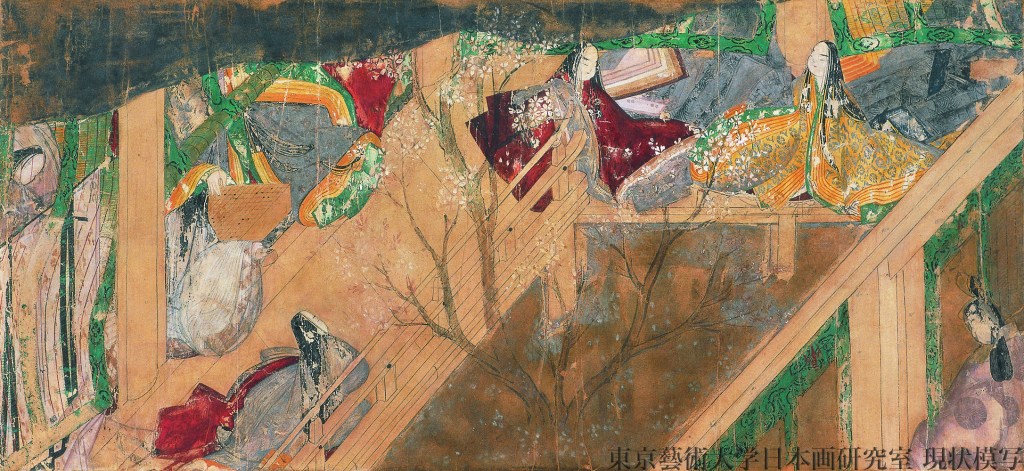
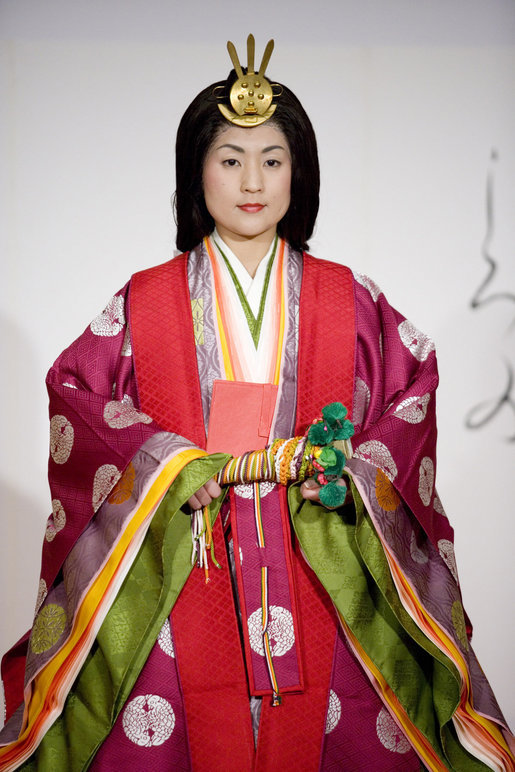
A more modern depiction of junihitoe, in case you can’t see it well in the picture above. Gorgeous colors for a festival day, but you might find the weight a tad oppressive. Junihitoe can weigh up to 44 lbs. Image Source.
Maria d’Harcourt et d’Aumale, wife of Reinald IV, Duke of Guelders and Jülich, in a houppelande with sleeves that appear to go all the way to the floor and perhaps a bit below. The train isn’t going to help with walking either. She’s also doing a little boho chic with the tattered edges on the sleeves. Image Source.

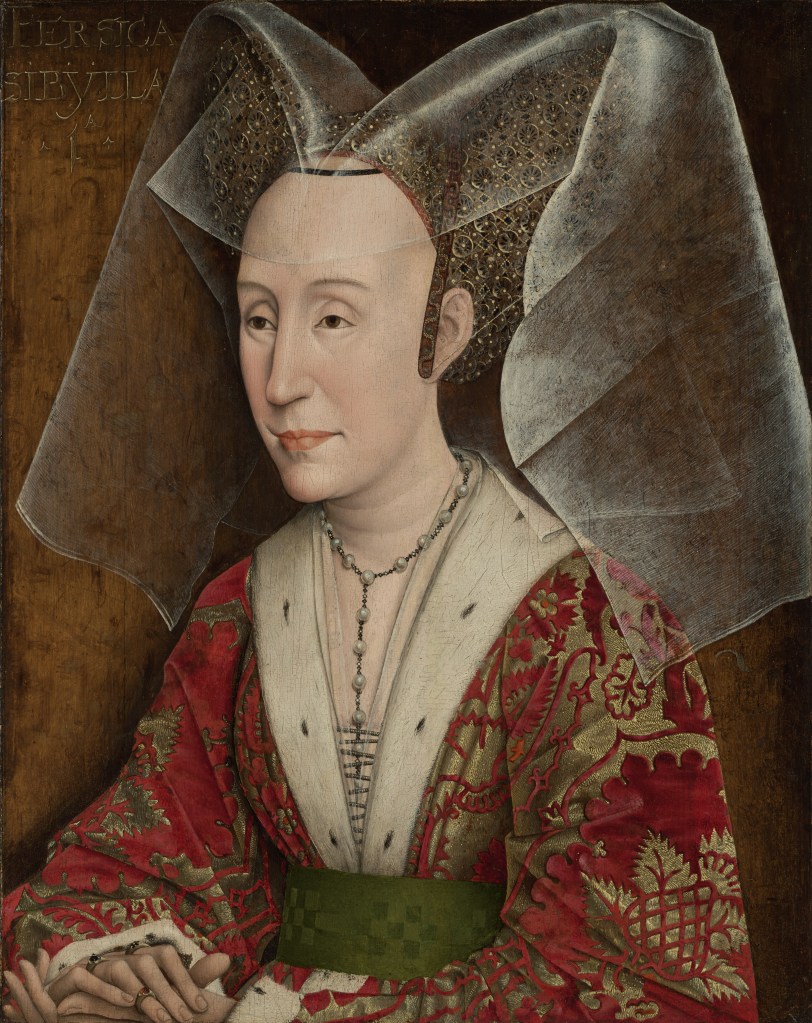
Isabella of Portugal sports a butterfly hennin, which may or may not be giving her a migraine. This is a rather modest set of horns, compared with some headpieces I’ve seen in books. Also note how big her forehead was. Another fashion trend we have let go by the wayside was the idea that you should pluck or shave the front of your hair line. Image Source.
Venetian chopines. These are downright sensible compared with some. Check out this article for the versions where you get no support under your heel at all. Image Source.
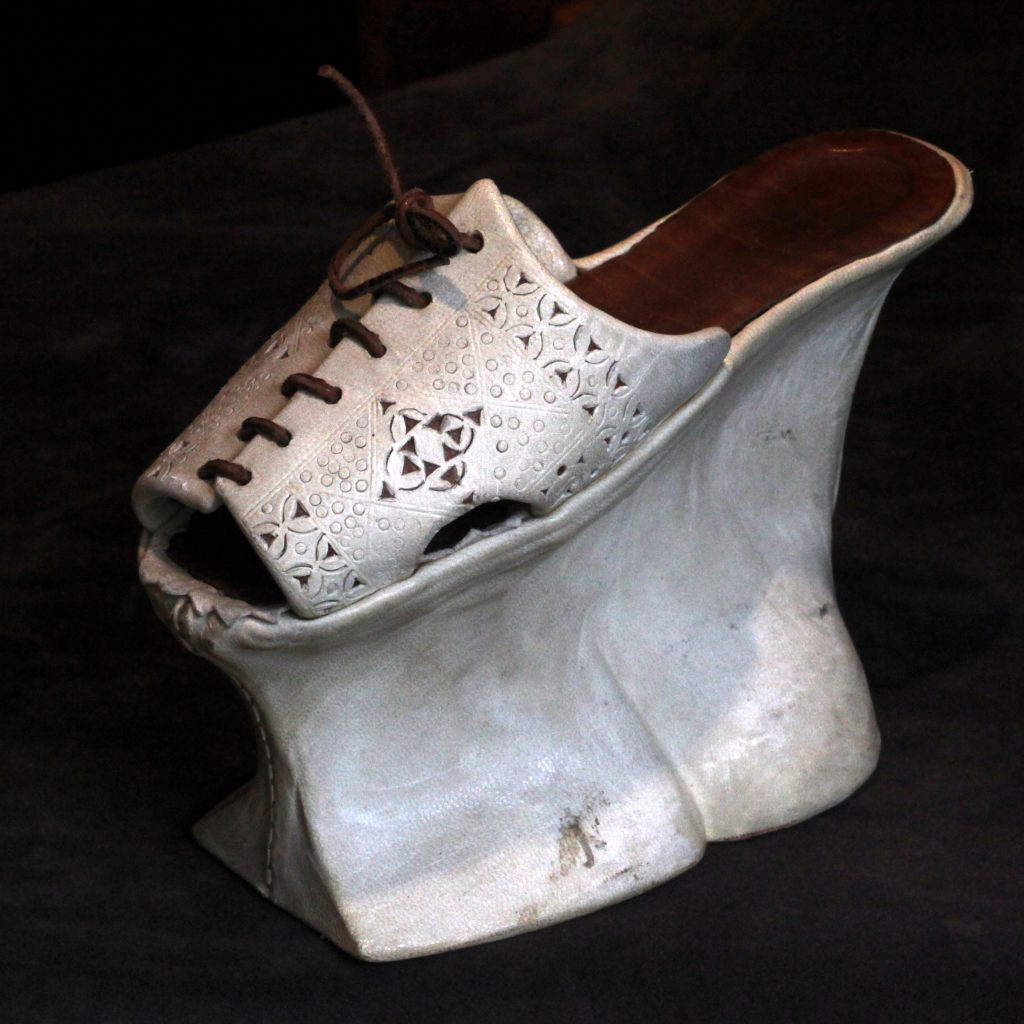
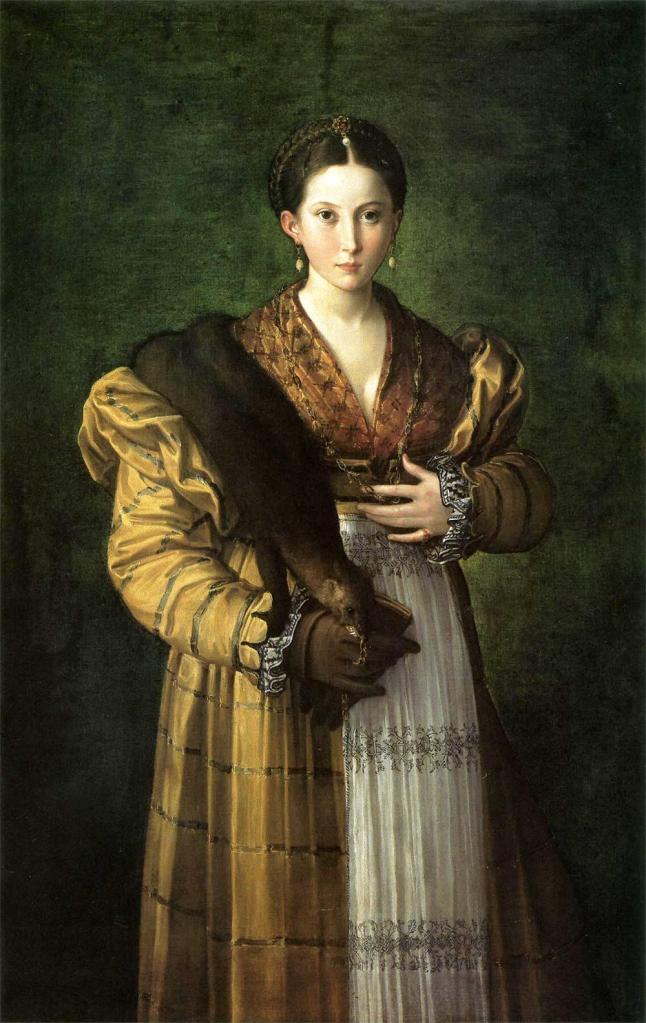
The flea fur. At one point historians theorized that the purpose of the small, dead animal was to attract the fleas away from the girl, but it turns out there’s no evidence for that misguided pest control idea. It’s much more likely that the flea fur was just a small, dead animal, worn by people who thought it would look good to have a small, dead animal on their shoulder. Image Source.
Elizabeth I of England featuring a large ornate collar, otherwise known (by me) as a head-on-a-platter portrait. Image Source.

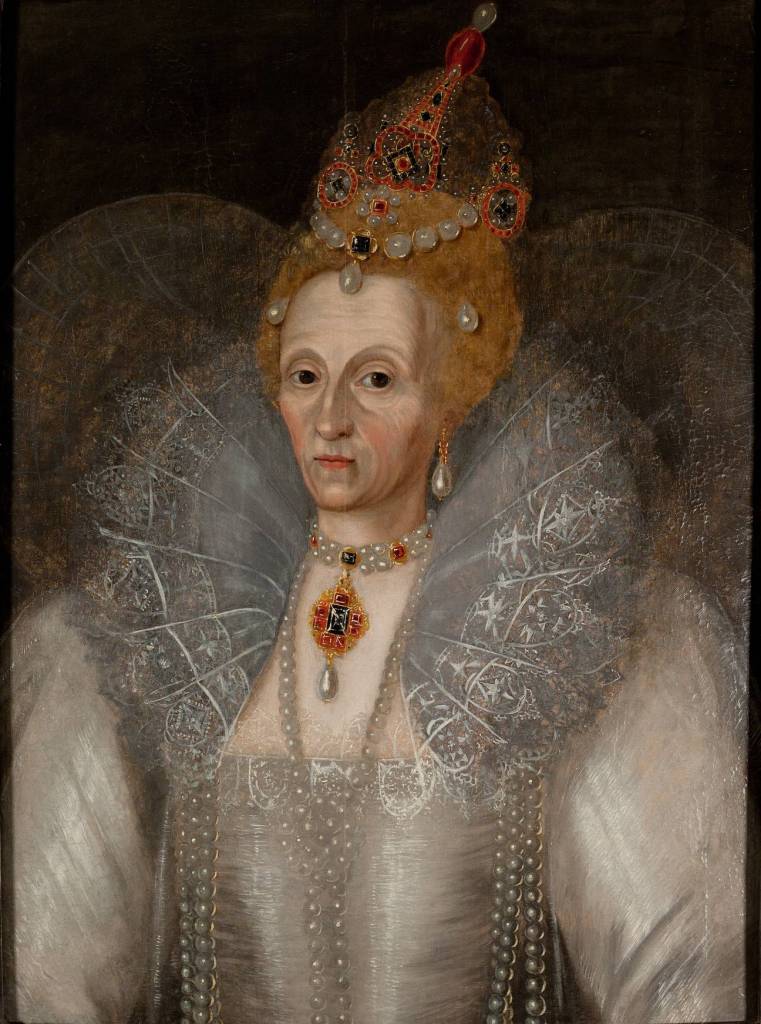
Elizabeth I of England again, this time in an open ruff, possibly to show more cleavage, maybe to make it look less like a platter. Image Source
Marie Antoinette in some extremely wide panniers. On formal occasions this flat and boxy skirt could be four, five, or six feet wide, and women had to turn sideways to get through the door. Image Source.
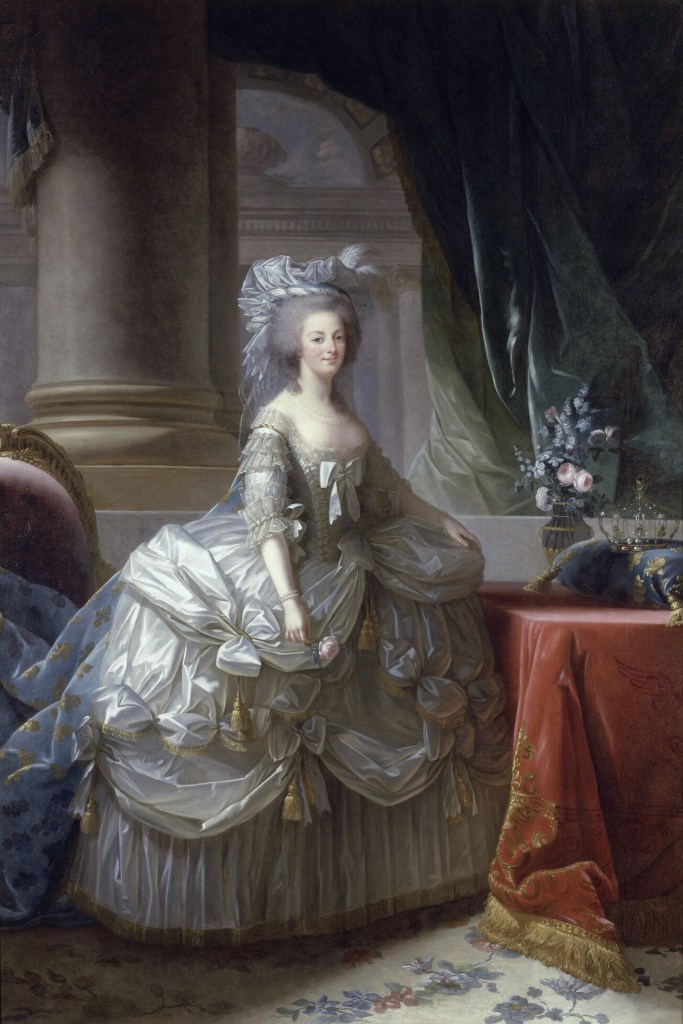

The crinoline creates a beautiful bell shape, if that’s what you’re into, but this cartoon showed a real danger. Flames and clothes don’t mix well, and when your dress is that big, you may well accidentally brush the fireplace or get tangled in the wheels of a passing carriage. Image Source.
When crinolines went out, the answer was the bustle. The question is: how exactly do you sit down? Bustles were made of practically anything at hand, including wadded up newspaper or feather dusters, but in theory, you can lift that bustle up and behind you, rather than underneath you. Of course, that means you have a wad of stuff between you and the chair back, so you are not just lounging around comfortably, you are perching on the edge of the chair. Depending on how it was fixed, there is also the risk that your bustle could get bumped out of place, meaning that you might have to do some discreet rearranging of your enhanced rear end. Image Source.
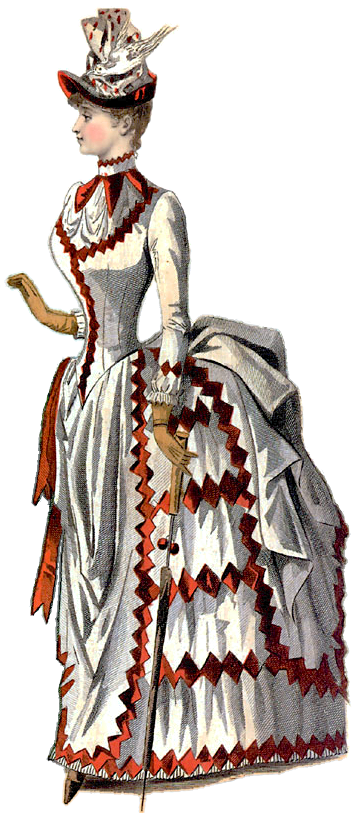
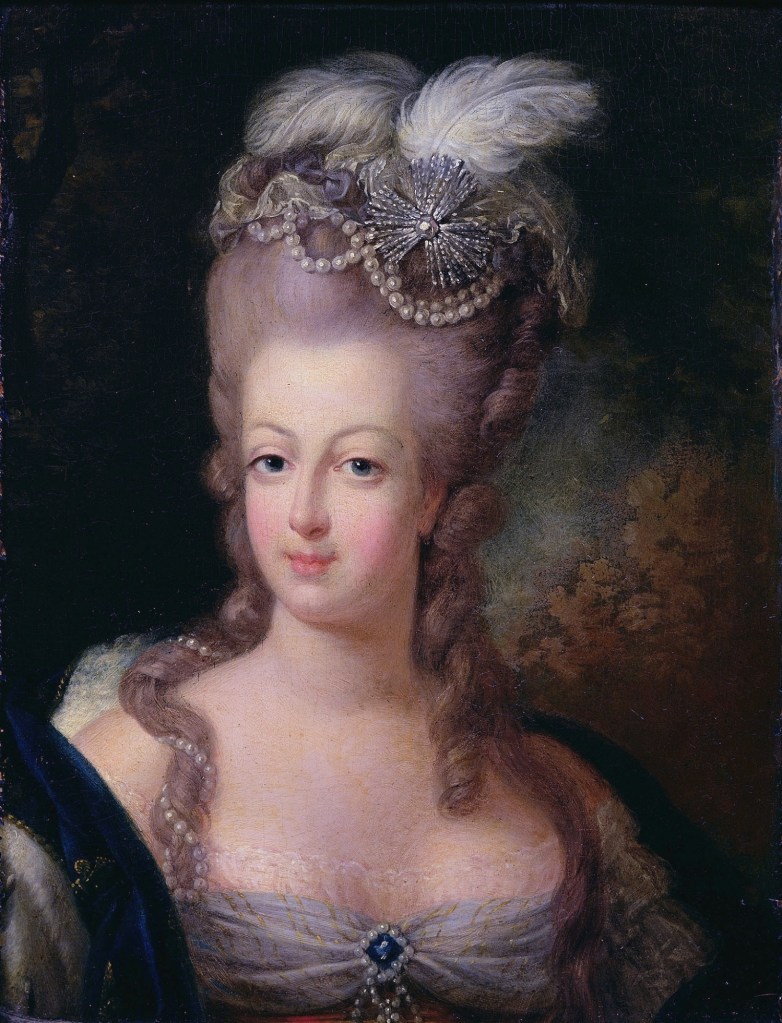
Marie Antoinette again, in an aigrette (a headpiece with egret feathers which were all too real). Birds (or at least feathers) for ladies’ hats were so ubiquitous in the late 19th century that many species faced extinction for the sake of fashion. For example, in 1902 it was estimated that one-and-a-half tons of egret feathers were sold, which when you think about how much a feather weighs is a staggering number of dead birds, estimated at 200,000 just in that one year. And when you consider that many of those birds were nesting, it is also estimated that 3 or 4 times as many eggs were abandoned and thus killed as well. Image Source.
The five daughters of Queen Victoria, in mourning for their father. I suspect that they had no trouble paying for their mourning clothes. Not so for many other women. Image Source.
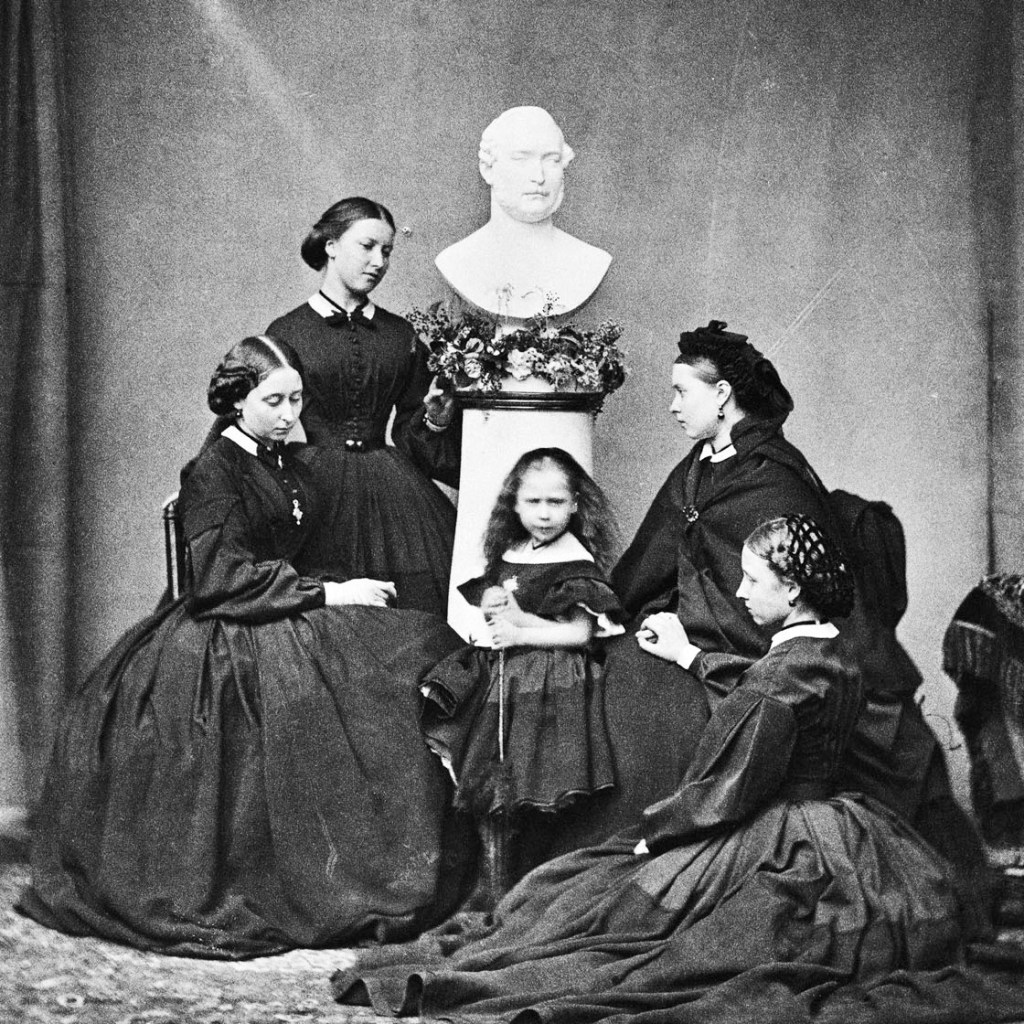
Women mentioned in the episode include Jnanadanandini Devi, Eleanor of Aquitaine, Elizabeth I of England, Amelia Jenks Bloomer, and Queen Victoria.
This episode belongs in the series What’s in the Closet and How It Got There.
Selected Sources:
One of many sources for this episode was Sarah Albee’s Why’d They Wear That: Fashion As a Mirror of History.
As an Amazon Associate I earn from qualifying purchases.

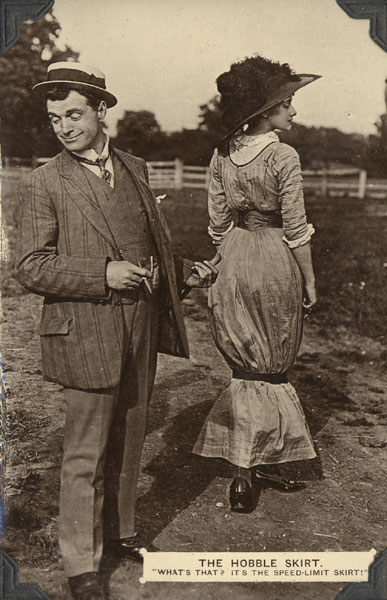

Love the pictures! Loved the floor of the episode.
LikeLike